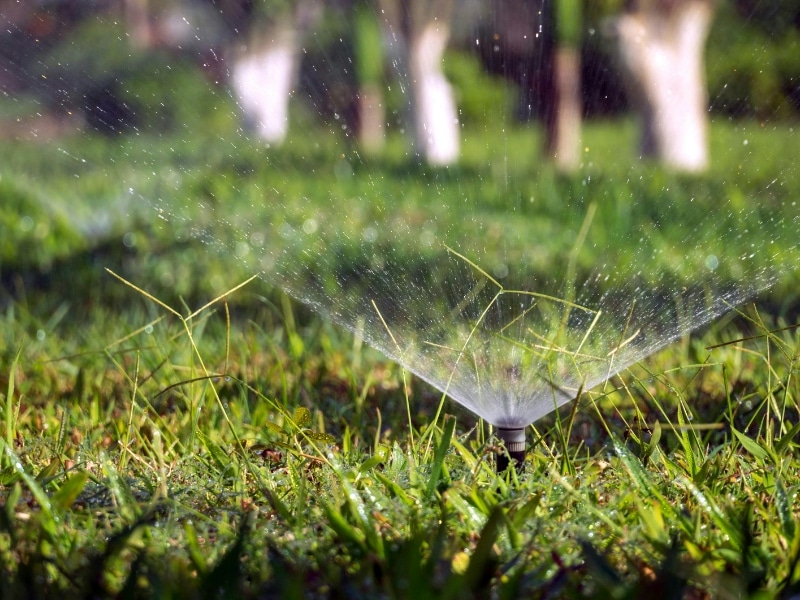
Have you ever stepped into a garden and wondered why some spaces look vibrant while others feel tired? What’s the real difference between a lush haven and a patchy yard? The answer often comes down to one thing. Regular upkeep and maintenance of your garden does more than keep weeds at bay—it protects soil health, discourages pests, and makes every plant stand tall. This article explains why maintenance is crucial, the risks of neglect, and the most effective strategies to keep your garden thriving, season after season.
Why is the maintenance of gardens critical for healthy landscapes?

Every garden needs steady care to thrive in Australia’s unpredictable climate. Here’s why tending your space pays off:
- Soil nutrition: Consistent care keeps nutrients available for strong roots, helping plants resist heat waves and sudden cold snaps.
- Weed control: Regular upkeep prevents weeds from spreading and depleting precious water and minerals, allowing your prized plants to flourish.
- Pest prevention: Tidy spaces are less inviting to insects and fungal diseases that spread like a bushfire.
- Aesthetic appeal: Neat lawns and defined beds create a welcoming atmosphere and lift the mood every time you step outside.
- Biodiversity boost: Healthy gardens attract pollinators that support fruiting and flowering across seasons.
- Cost savings: Preventive maintenance prevents bigger problems that can drain your budget in the long run.
Neglect allows hidden problems to creep in unnoticed. To prevent costly surprises, explore practical strategies to maintain gardens that fit any routine.
What happens if you delay garden maintenance tasks?

Procrastinating doesn’t just look untidy—it can spark a domino effect of problems. Here’s what to watch for:
- Turf damage: Weeds crowd out grass, leaving bare patches and compacted soil that take months to repair.
- Plant stress: Overgrown branches steal sunlight and smother young seedlings, which stunts their development.
- Pest attraction: Debris piles quickly become breeding grounds for insects and disease.
- Soil exhaustion: Skipping fertilisation and crop rotation depletes nutrients and causes weak, discoloured leaves.
- Waterlogging: Blocked drains or neglected beds lead to soggy roots and rot.
- Reduced yield: Fruit and flower production plummets without regular feeding and pruning.
These setbacks compound over time, eating into your weekends and stretching your budget. You can get ahead and keep your garden strong.
How does neglecting regular garden upkeep increase the risk of pest infestations?
Messy gardens offer pests exactly what they want. Staying on top of simple tasks makes a huge difference:
- Aphid invasion: These sap-suckers love untrimmed growth, weakening plants, and spreading viruses.
- Snail damage: Damp piles attract snails that devour seedlings overnight.
- Mite outbreaks: Dense foliage with poor airflow becomes a haven for mites and mildew.
- Rodent nesting: Long grass and clutter give rats and mice a comfy home.
- Fungal spread: Fallen leaves and decaying stems foster mould that creeps into healthy beds.
- Insect colonies: Unchecked mulch piles can hide beetles that damage roots.
Consistent tidying keeps your space healthy and resilient. For deeper insights, learn how landscaping experts transform outdoor spaces using sustainable methods.
| Common Garden Pests | Signs of Infestation | Preventative Actions |
| Aphids | Sticky residue, curled leaves | Prune infested tips, encourage ladybirds |
| Snails & Slugs | Chewed seedlings, slime trails | Clear debris, install copper barriers |
| Mites | Yellowing leaves, webbing | Boost airflow, wash foliage regularly |
| Rodents | Burrows, gnawed stems | Mow lawns, secure compost bins |
Which techniques improve the maintenance of garden results?
Good gardens don’t need fancy gadgets—just steady, thoughtful practices. Here are proven techniques that pay dividends:
- Mulching essentials: Lock in moisture and control weeds with organic mulch applied every season.
- Pruning for shape: Trim shrubs during dormancy to encourage fresh, vigorous growth and improve air circulation.
- Crop rotation: Switching plant locations each year keeps soil fertile and disrupts pest cycles.
- Smart irrigation: Drip systems target the roots, reducing water waste and the risk of fungal disease.
- Soil testing: Annual checks reveal nutrient gaps, allowing you to tailor your fertiliser plan.
- Seasonal feeding: Timed applications of compost and minerals strengthen plants before harsh weather hits.
These steps foster healthier growth and fewer setbacks, no matter your garden’s size. If you’d like to further enrich your soil, consider exploring how to recycle garden organics responsibly to close the nutrient loop.
When should you call professionals for garden maintenance?
Sometimes, bringing in experts is the most brilliant move. Here’s when it pays to hand over the reins:
- Tree hazards: Large limbs near roofs or power lines require skilled removal to avoid damage.
- Irrigation issues: Leaks and outdated systems can waste water and harm plants.
- Pest emergencies: Severe infestations often require targeted treatments and monitoring.
- Pre-sale makeovers: Strategic landscaping boosts curb appeal when selling.
- Complex design projects, such as new beds, retaining walls, and hardscapes, benefit from professional planning.
- Soil restoration: Fixing compaction or contamination needs specialist tools and experience.
A seasoned eye spots hidden damage that costs more if ignored, sparing you from bigger headaches later.
How can seasonal planning enhance your garden upkeep?
Aligning tasks to the seasons makes everything easier and more effective. Here’s how timing your efforts pays off:
- Autumn preparation: Clear old growth, spread mulch, and prune before cold sets in.
- Winter downtime: Focus on winter lawn care and seasonal maintenance, along with structural repairs and tool upkeep while plants rest.
- Spring revival: Fertilise, plant annuals, and watch for early pest signs.
- Summer vigilance: Deep watering and shade protection keep plants thriving in scorching heat.
- Seasonal records: Track weather patterns and plant responses to improve next year’s plan.
- Backup strategies: Prepare frost cloths and spare mulch to respond quickly to surprises.
Consistent seasonal planning fosters resilience and drives stronger long-term growth. It also saves time when life gets busy.
Final thoughts
A thriving garden doesn’t happen by accident. It’s the result of deliberate care, brilliant timing, and a watchful eye for early trouble. Whether you manage most tasks yourself or bring in professionals when needed, maintaining steady routines pays off in lush, pest-free spaces. For more tailored guidance and a closer look at maintenance solutions, consider how Bespoke Landscaping Sydney can assist you with keeping your garden in top shape all year round.




